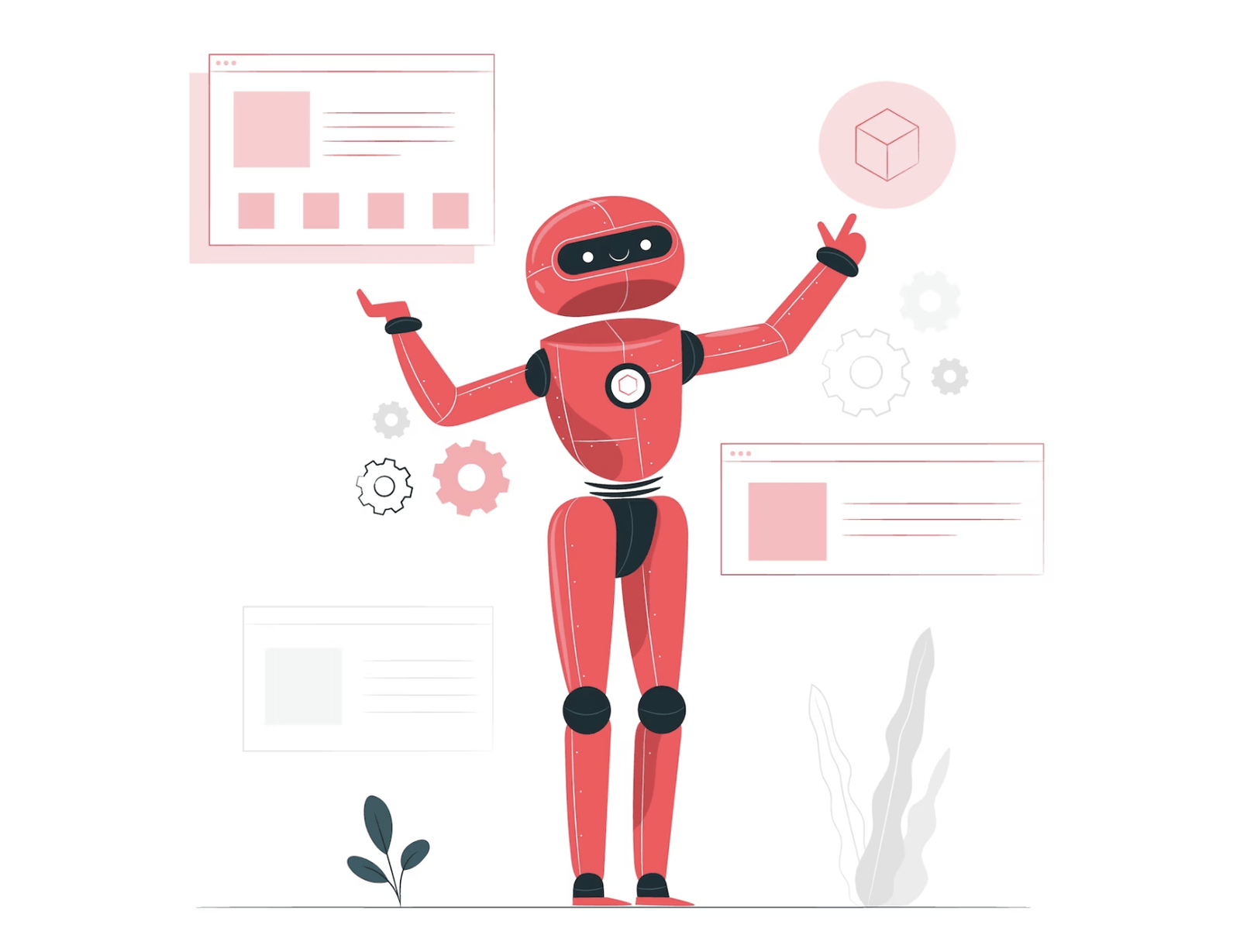
Disasters such as earthquakes, hurricanes, floods, and wildfires can have devastating consequences on communities and infrastructure. In such situations, time is of the essence, and efficient disaster response and relief efforts can save lives and minimize damage. Robotics and AI can play a vital role in disaster response and relief efforts. In this blog post, we will explore the potential benefits of integrating robotics and AI in disaster response and relief efforts.
Robots for search and rescue In disaster situations, finding survivors as quickly as possible is essential. Search and rescue robots can be used to navigate through debris, rubble, and hazardous areas, where it is dangerous or difficult for humans to access. These robots can be equipped with sensors and cameras to detect and locate survivors, and even provide basic medical care and supplies.
Drones for disaster assessment Drones equipped with sensors and cameras can provide valuable information about the extent of damage caused by a disaster. This information can help disaster relief organizations prioritize their efforts and allocate resources accordingly. Drones can also be used to monitor and assess ongoing disaster situations, such as tracking the spread of wildfires or mapping flood-affected areas.
Autonomous vehicles for supply delivery Transportation infrastructure can be severely affected by disasters, making it difficult to deliver supplies to affected areas. Autonomous vehicles can be used to transport supplies, medicines, and other necessary equipment to disaster-stricken areas, without putting human drivers at risk. These vehicles can be equipped with AI algorithms that allow them to navigate through challenging terrains and unpredictable conditions.
